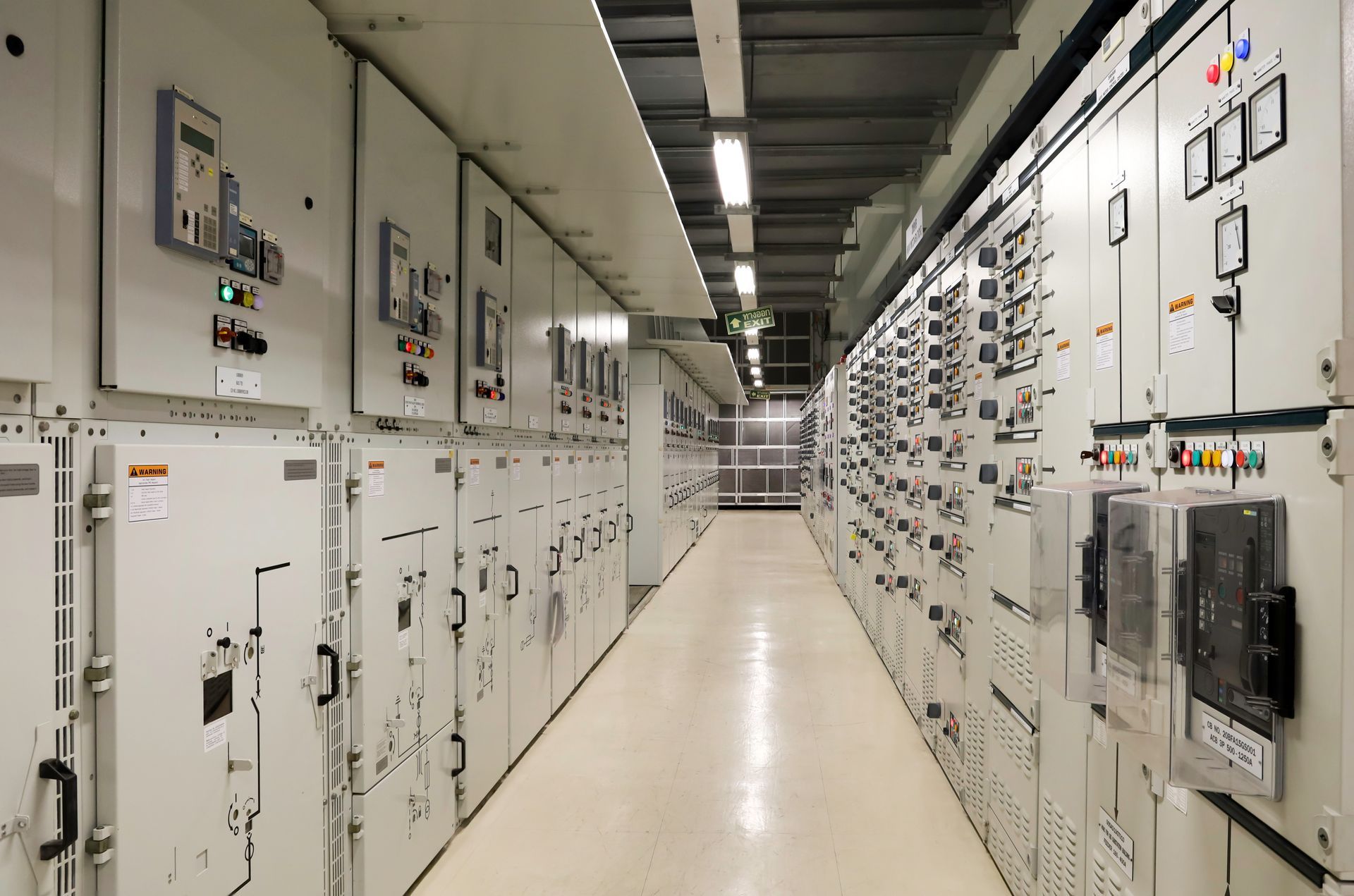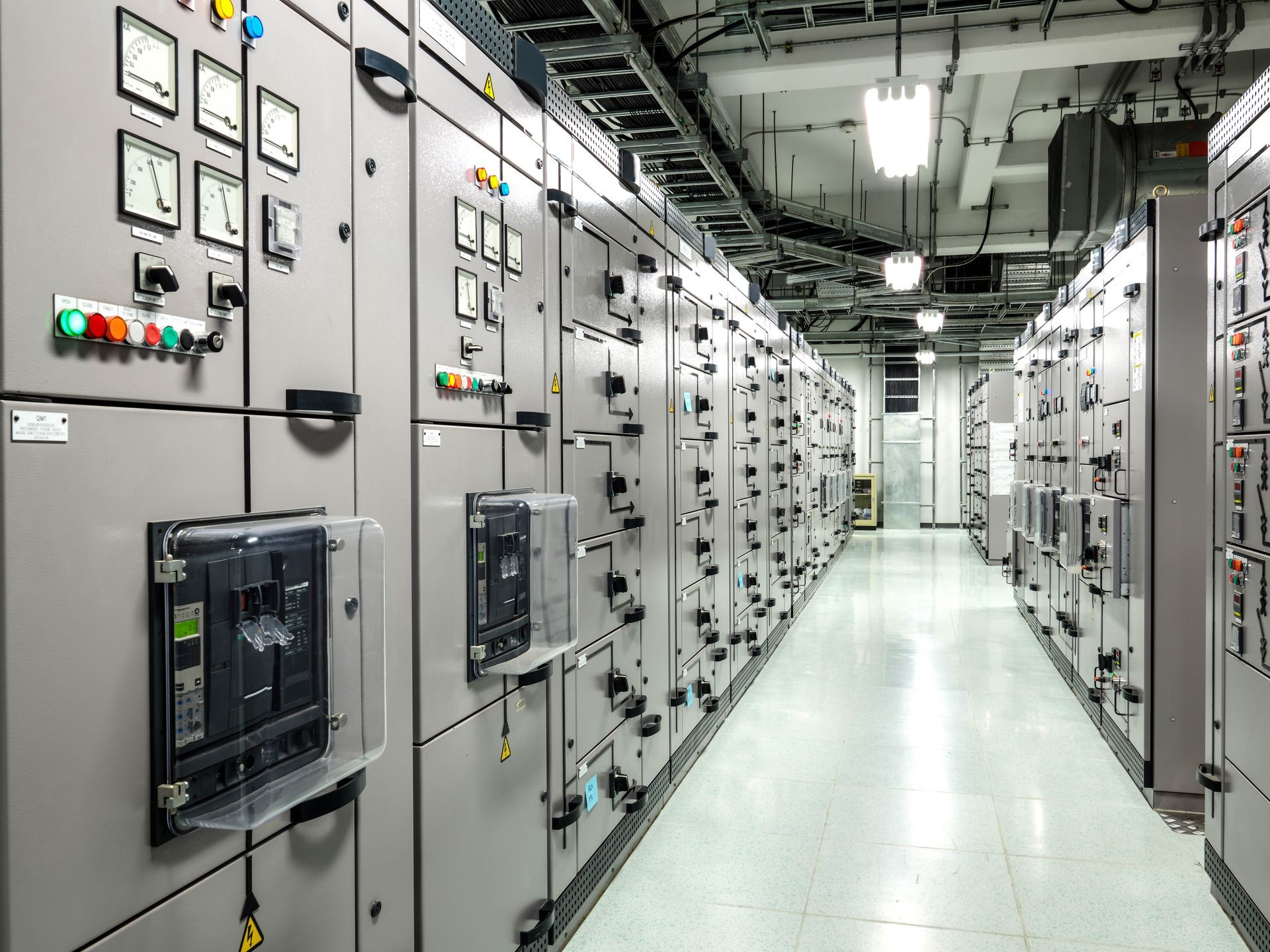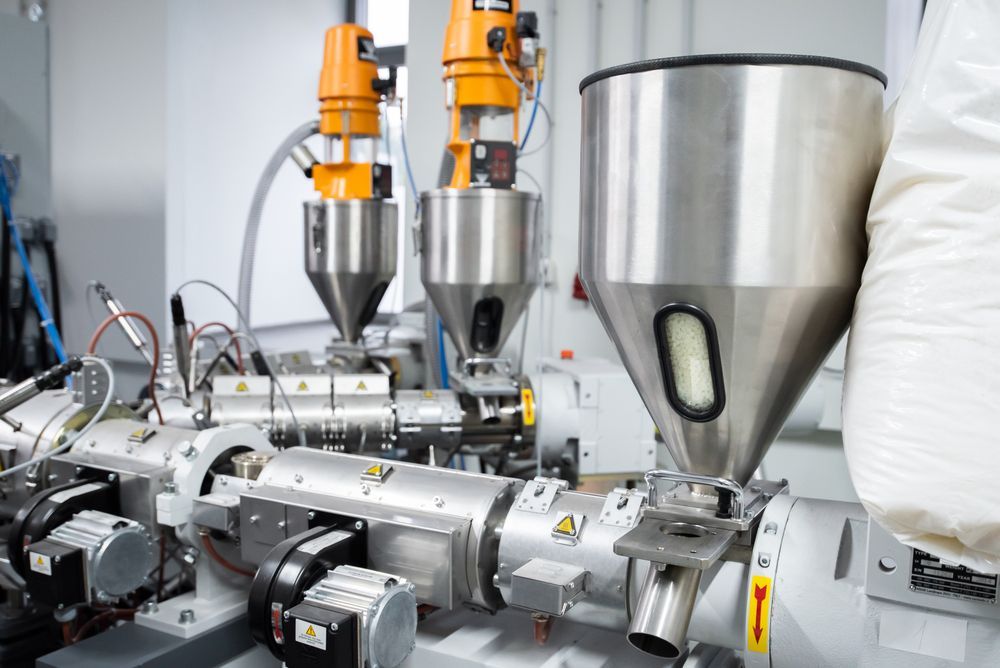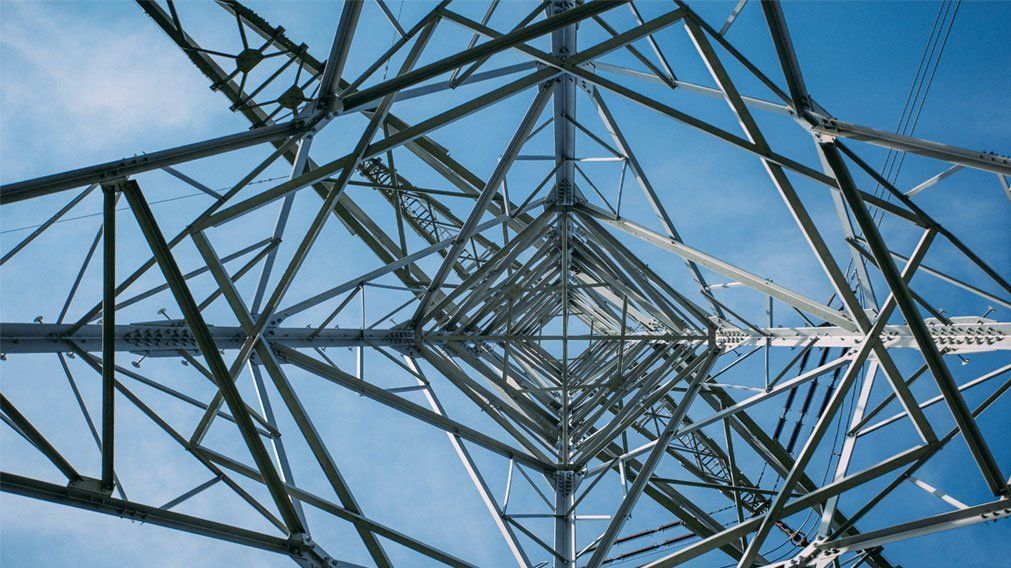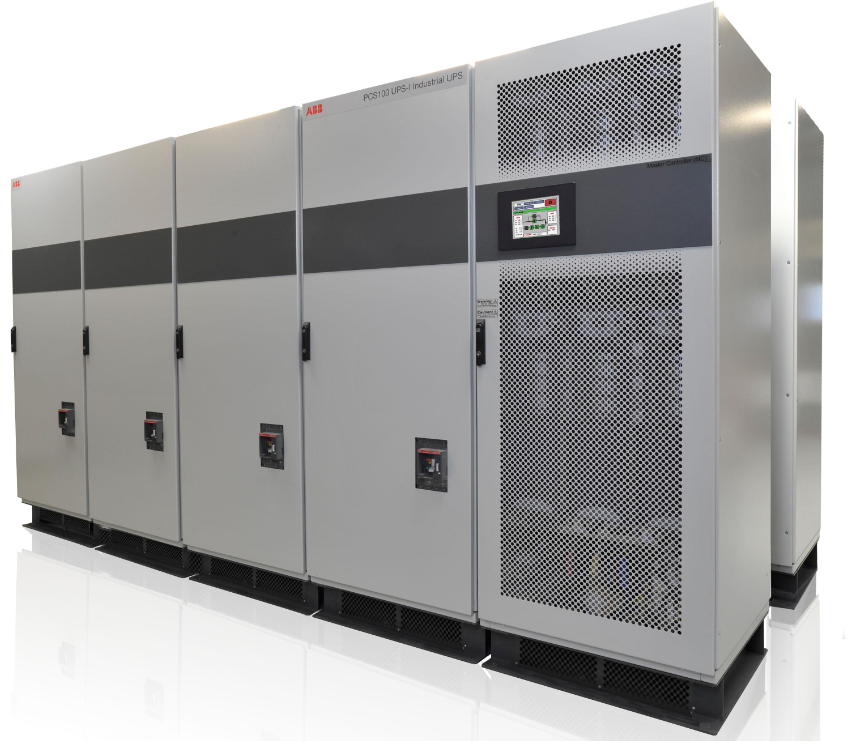
What is a Voltage Sag (Voltage Dip)?
A voltage sag, otherwise known as a voltage dip, is defined as a situation where electricity voltage dips 10% or more below either normal or recommended usage. If a 120-volt outlet is suddenly only providing 90 volts of power, for example, that would classify as a voltage dip.
National Power Outage Map: PowerOutage.US
What is a Voltage Surge?
A voltage surge, on the other hand, is a scenario where the voltage flowing through a power line is suddenly increased by 10% or more. This might only last for a minute or less, but that unexpected increase in power could permanently damage sensitive equipment and electronic components in particular.
To make things easier, think of a voltage surge as a power overload. In that context, a voltage sag would be something of a "power underload." Both are bad situations to find yourself in, but for slightly different reasons.
Causes of Voltage Sags
Many people don't realize just how sensitive the power grid is until they start to experience issues. That is to say, voltage sags can be caused by a surprisingly long list of reasons. Maybe the most common of them is the weather. When a lightning strike happens nearby, for example, it actually draws a significant amount of power from the local power supply. This will put a lot of strain on the local grid, which can cause voltage sags to anyone in the vicinity.
The same is true of the wind. Sustained periods of intense wind might knock down power lines during a particularly bad storm. Or, they might cause a tree to fall onto the power line. Regardless, the effect is the same - the remaining, functional power lines are strained, and voltage sags occur until the issue is corrected.
Even something like a nearby construction project could cause voltage sags to occur. While a lot of power lines in an area are above ground, some are below. If construction crews are digging, and they happen to accidentally cut an underground power cable, it will cause voltage sags to happen almost instantly in the surrounding area.
How Do Voltage Sags Impact Business Operations?
Some people assume that a voltage sag is just a "minor inconvenience." Yes, you're temporarily unable to get important work done, but the situation seems to resolve itself fairly quickly. Unfortunately, the reality of the situation is quite different. Voltage sags create an almost immediate negative ripple effect across your entire organization, including in ways like the following.
- Equipment Damage. Any piece of equipment that is susceptible to sudden changes in voltage, like computers, appliances, or even a lot of industrial machines, could be permanently damaged by even a single voltage sag.
- Downtime. Every minute that your operations are down unexpectedly is a minute you're losing money. In a manufacturing environment, some studies put the average cost of unplanned downtime at as high as $260,000 per hour.
- Data Loss. If a computer shuts off unexpectedly due to a voltage sag, you will instantly lose any data that hadn't been previously saved. This could result in hours of lost productivity in an instant.
- Reduced Efficiency. Productivity isn't just lost due to the voltage sag itself. You also need time to properly recovery - which only delays your ability to pick back up and keep moving as if nothing had happened.
- Increased Costs. Those employees who can't work due to a voltage sag still need to be paid. That work that evaporated due to data loss will need to be redone. Damaged equipment needs to be replaced. All these add to costs during a time when your profit margins are likely already razor-thin.
- Risk to Reputation. Unexpected productivity delays due to voltage sags could cause clients to see you in a negative light as their deliverables are delayed as well.
- Compliance Issues. If critical safety systems fail due to voltage dips, it could instantly cause compliance issues for your entire organization.
- Employee Frustration. Even if you set aside the frustration due to the fact that employees can't work and are thus falling behind on what is expected of them, voltage sags can also cause dangerous situations with faulty equipment or other systems that suddenly aren't working properly. They're not going to be mad at the utility company - they're going to grow frustrated with you, which will negatively impact morale if it happens often enough.
Normal Physical Results of Above Sag Activity
- 10% +/- sag/surge: Continuous wear on PLC’s, boards, line equipment, motors, lasers, process equipment
- 20% - drop in voltage: Considerable spike in amperage due to the low voltage, may see long term or immediate damage to equipment
- 50% - drop in voltage: Will appear to be outage, flicker or drop of lights. Considerable amperage spike to all loads, damaging.
- 80% drop in voltage: Power loss occurs, may be gradual sag if on one phase. Damaging to all Electronic Equipment.
How to Prevent Voltage Sags?
The number one thing you can do to prevent voltage sags involves making sure you know when they're happening in the first place. Sometimes, the voltage sags a minimal amount, and you won't immediately realize you have a problem. That can still cause long-term issues with sensitive equipment, however, which is why you should always have a power quality monitor at-the-ready.
You'll also want to employ an uninterruptible power supply (UPS) and similar types of devices to protect equipment that is particularly sensitive. This can provide you with enough time to either ride out the voltage sag or shut down and disconnect sensitive equipment, so it doesn't get damaged unexpectedly.
How Do I Correct Voltage Sags?
The following is what an AVC (Active Voltage Correction) System can provide for sag activity.
Voltage Correction Chart (95%+ Sags occur in a single phase of power)
- 10% +/- sag/surge 10% +/- sag/surge regulation AVC corrects to nominal power voltage
- 20% - drop in voltage (Sag to 80%nv) AVC corrects to 100%, 3 phase for 3+ minutes, 1 phase Continuous
- 50% - drop in voltage (Sag to 50%nv) AVC corrects to 90% 3 phase for 1 minute, 1 phase 100% continuous
- 80% drop in voltage (Sag to 20% nv) AVC corrects 1 Phase 100% continuous
3 phase Sag more than 70% is considered outage. Unit will still correct, but not in acceptable voltage output window.
FGC Industrial Voltage Regulation & Correction Systems
At FGC, we're proud of the reputation we've been able to earn over the years as a leading voltage regulation and correction systems partner for organizations in just about every industry you can think of. In addition to industrial and manufacturing businesses, we've also partnered with organizations in mining, commercial/retail, oil and gas, and more. We offer the electrical power solutions that can help regulate power, correct sag events, and most importantly eliminate disruptions - all so that you can rest easy knowing that voltage sags are not something you have to spend time worrying about any longer.
